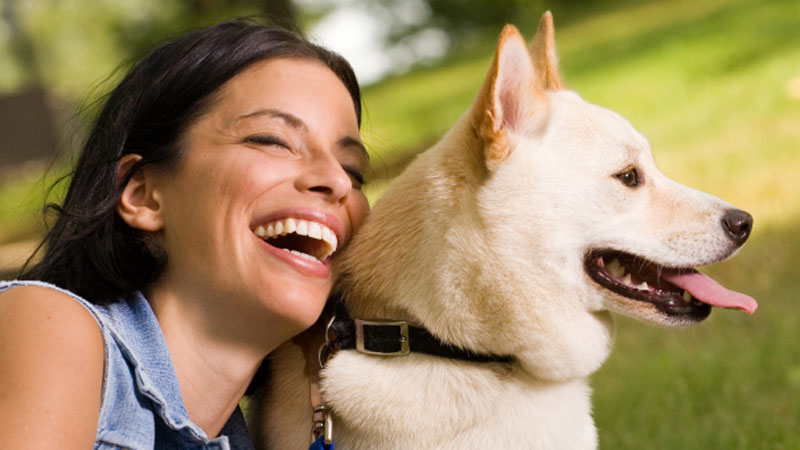Summer problems
With the recent short but sharp heatwave, it is important to remember that our canine friends are much less capable of dealing with the heat than we are.
They can’t sweat so can only lose heat through panting. Try to only walk in the early morning or late evening. Stick to areas where there is a shelter, keep walks short and have plenty of water. If it really hot, then just miss a walk - dogs won’t die from not having a walk for a day but they can die if walked in the heat. Make sure there is always access to water to prevent dehydration. Paddling pools are a great way for dogs to cool off. Never leave dogs in cars in the summer - even with the windows open. Cars can rapidly reach intolerable heats. Overweight, heavy coated, old and brachycephalic dogs area all especially susceptible. Cool matts and cool coats are great ways to help keep our canine friends cool. The other thing to be aware of in the heat is how hot the pavements can get. Dogs don’t wear shoes and their pads can be burnt when in constant contact with scorching concrete.
Make sure flea and tick treatments are up to date as infestations are always more common at this time of year. The flea population on wildlife thrives and can easily jump onto dogs when chasing rabbits etc Foxes are more active in summer and many carry the mange mite. These mites can infect dogs when they roll in fox poo and cause a really itchy rash, often around the hind legs. Fortunately, many of the modern flea preparations have treatment against mange mites too. Harvest mites are tiny bright orange insects which can be found on ear tips or congregating between the toes. They can cause severe irritation but again many modern ectoparasiticides will treat them too.
Grass seeds can be really problematic in the summer months. They get tangled in the hair between the toes and puncture the skin, so they work their way into the foot. Often your dog will start licking or chewing between the toes and the area will be swollen and weeping. Migrating grass seed can be located and removed with forceps but if not, then sedation is required, and the swollen area investigated surgically. It is possible for grass seeds to migrate up the leg and come out through the skin elsewhere. The best precaution is to check between your dog’s toes following a walk and remove any seeds before they have a chance to pierce the skin.
Grass seeds can also get stuck in the ear canals - this results in acute severe head shaking and ear scratching. The grass seeds can be visualised with an auroscope by the vet and removed with special extra-long forceps. Depending on the dog, this can be done when conscious or under sedation if necessary. Grass seeds can be sniffed up the nose, but this is rare. This causes violent sneezing and a lot of irritation. This in itself is often sufficient to clear the foreign body but again removal, usually under sedation, by the vet maybe required.
Dogs love chasing wasps and bees. Stings are most common around the head and front paws. Most of the time this will result in a local swelling that will return to normal. If severe, especially around the mouth, treatment with steroids and/ or antihistamines is required to prevent an allergic reaction.
Seasonal pollen allergies in dogs are mainly seen as itchy skin. It can affect any area of the body but ears, feet, skin folds or areas with less hair cover (e.g. belly) are more commonly affected. These seasonal allergies are usually treated symptomatically with medications to stop the dog itching, e.g. Apoquel


